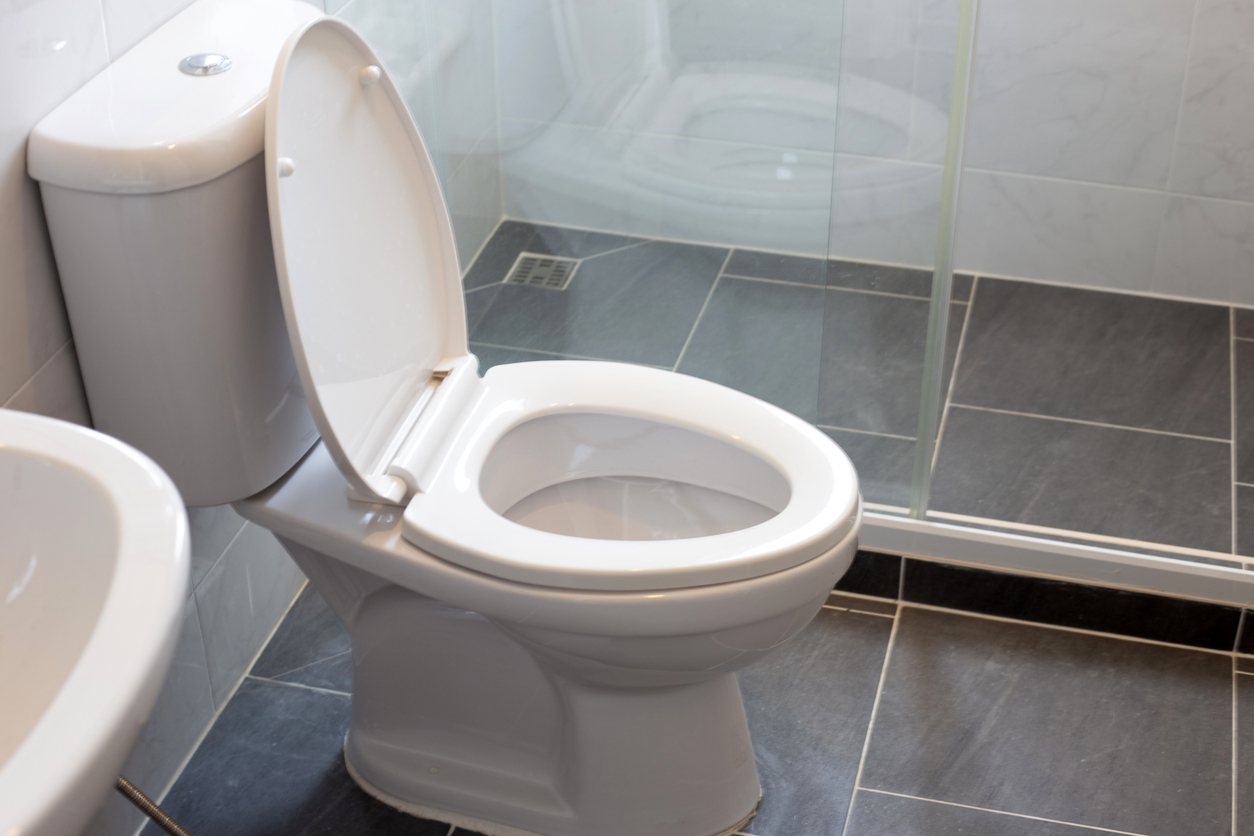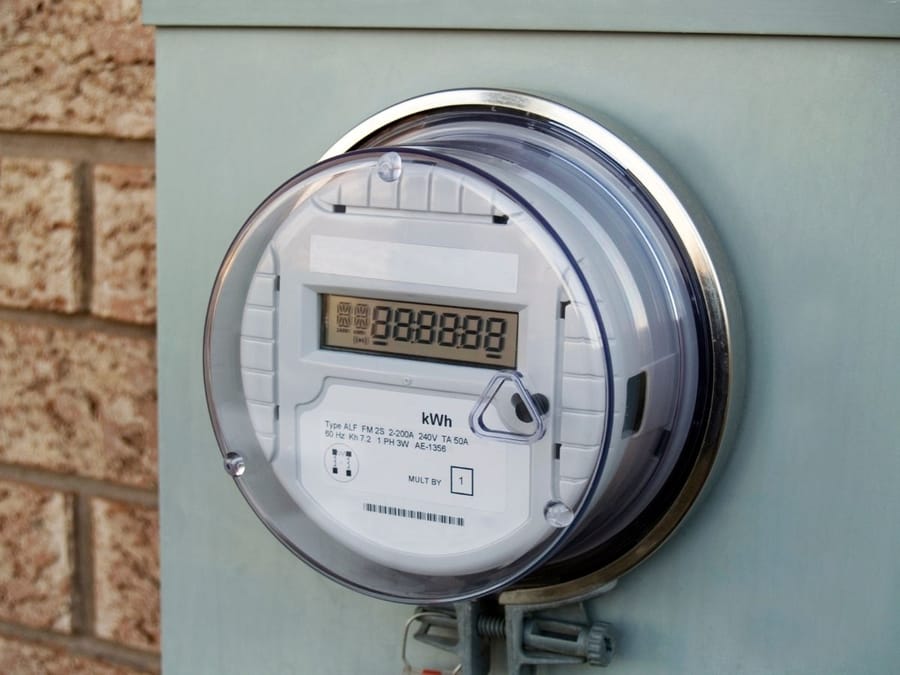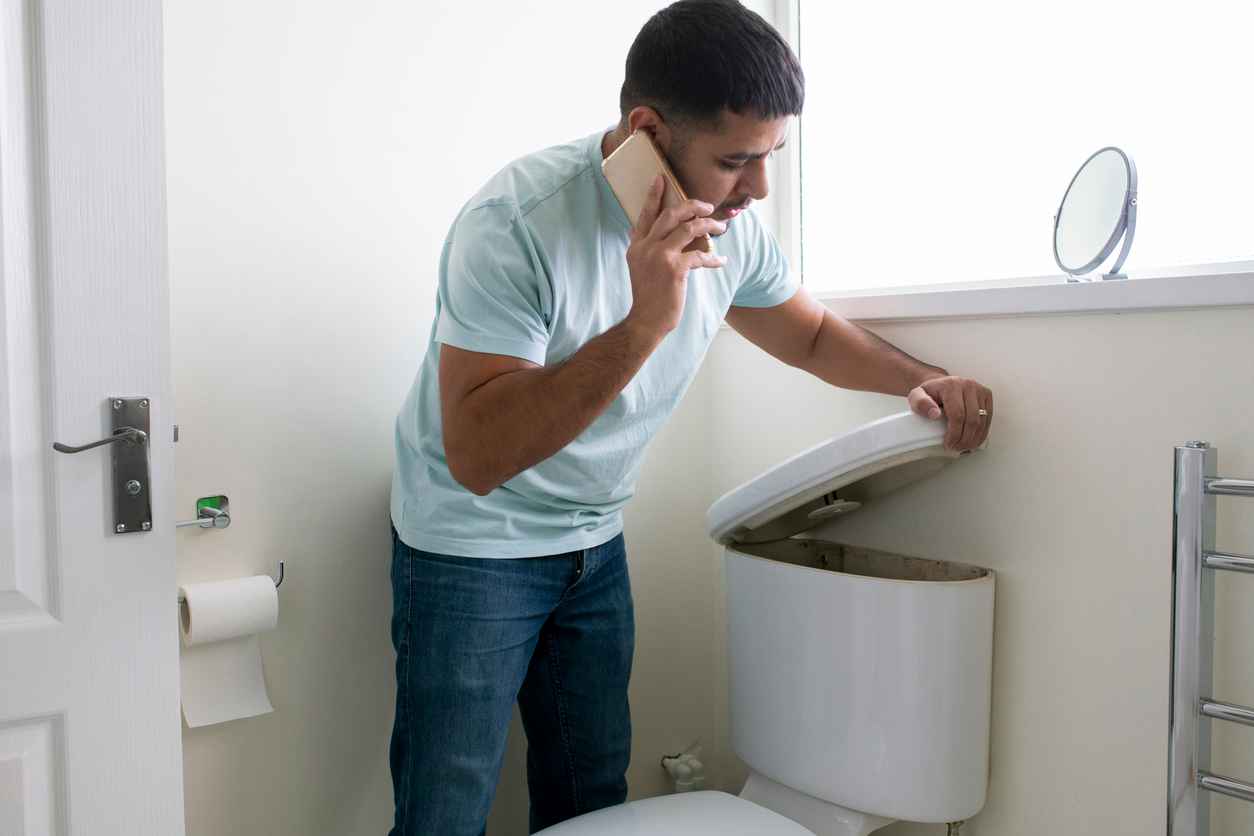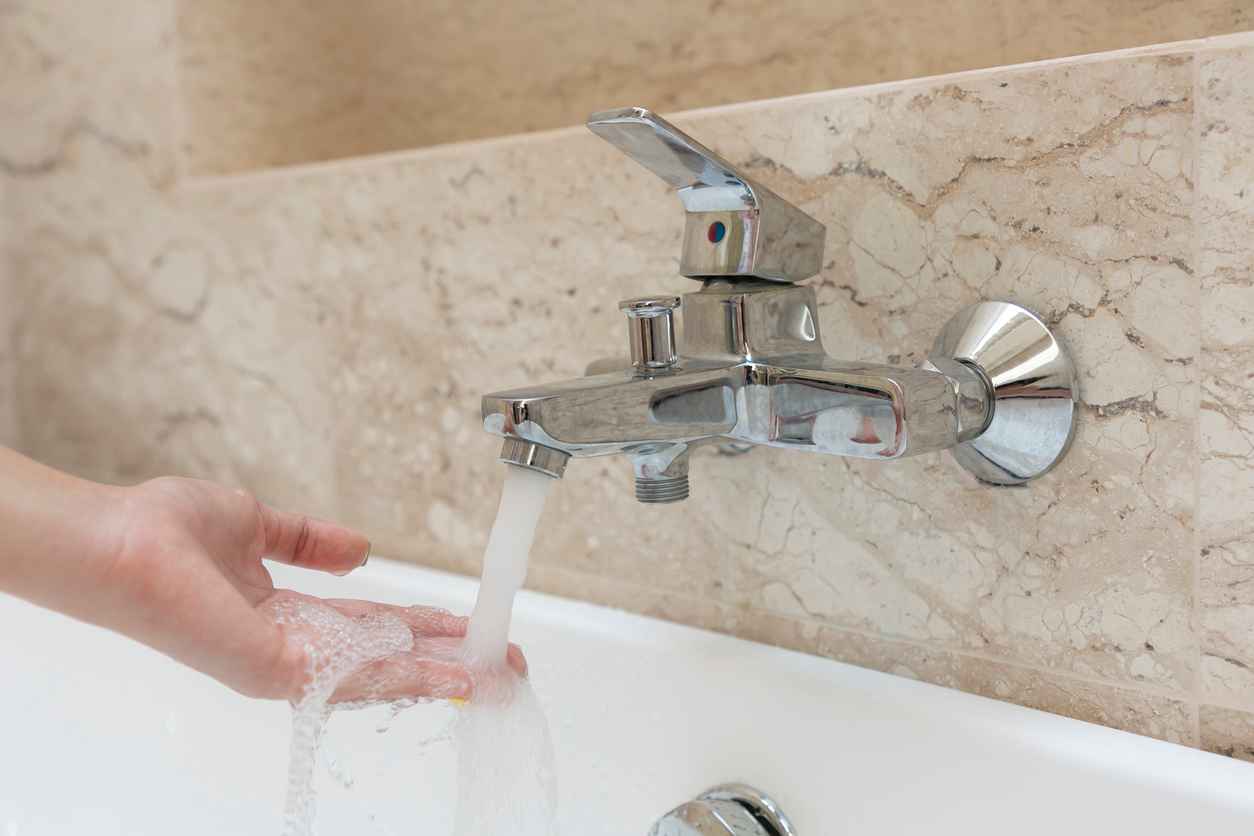absolute plumbing Inc.

The Anatomy of a Toilet: How It Works and Troubleshooting Tips
The toilet is one of the most essential fixtures in any home, yet its operation remains a mystery to many. Understanding the anatomy of a toilet and how it functions can demystify this daily-used appliance and empower homeowners to perform basic troubleshooting. Absolute Plumbing offers an in-depth look into the workings of a toilet and practical advice for addressing common problems.
Main Components of a Toilet
A toilet consists of two main parts: the tank and the bowl. The tank houses mechanisms responsible for flushing and refilling the toilet, while the bowl is where waste is deposited and flushed away. Key components include the flush handle, flush valve, fill valve, overflow tube, and flapper or tank ball.
How It Works
Flush Cycle
When you push the flush handle, it lifts the flapper or tank ball, opening the flush valve. This action allows water from the tank to flow into the bowl forcefully, flushing the contents through the trapway and into the sewer line.
Refill Cycle
After flushing, the tank’s water level drops, causing the fill valve to open and refill the tank. The overflow tube ensures the tank doesn’t overfill, directing excess water into the bowl to maintain the correct water level.
Troubleshooting Common Issues
- Continuous Running Water: This often indicates a faulty flapper or tank ball that’s not sealing properly. Check for wear or misalignment and replace if necessary.
- Weak Flush: A weak flush can result from clogged holes under the toilet’s rim. Using a small mirror, inspect and clean these holes with a piece of wire to restore proper flush strength.
- Toilet Won’t Flush: If the toilet doesn’t flush, the lift chain connecting the flush handle to the flapper may be disconnected or too loose. Adjust the chain to ensure it lifts the flapper when the handle is pressed.
- Phantom Flushes: This phenomenon, where the toilet seems to flush itself, can be caused by a slow leak from the tank into the bowl. Replacing a worn flapper is usually the solution.
- Water on the Floor Around the Toilet: This may indicate a leak at the base, often due to a failed wax seal. Replacing the wax seal requires removing the toilet, which might be best left to professionals.
Maintenance Tips
- Regularly inspect the components inside the tank for wear or corrosion.
- Clean the rim holes and siphon jet to ensure unobstructed water flow during flushes.
- Avoid using harsh chemical cleaners that can damage the components inside the tank.
When to Call a Professional
While many toilet issues can be fixed with DIY efforts, some problems may require the expertise of a professional plumber. If you encounter persistent leaks, major blockages, or if the toilet needs to be removed, it’s time to call Absolute Plumbing. Professional services ensure that more complex issues are handled safely and efficiently.
Conclusion: Empowering Homeowners
By understanding the basic anatomy and operation of your toilet, you can troubleshoot common problems and perform simple repairs. This knowledge not only saves money on plumbing services but also ensures that your toilet maintains its essential role in your home’s comfort and functionality. Remember, for more significant issues, Absolute Plumbing is just a call away, ready to provide expert assistance and peace of mind.
Recent News

How to Read Your Water Meter (and Catch Hidden Leaks)

How Can You Reduce Water Waste Before Summer Hits?

Are Your Pipes Ready for Spring Storms and Heavy Rain?

Why Is My Water Heater Not Working After Winter?

How to Clean a Kitchen Faucet

Why Does My Toilet Keep Running?

